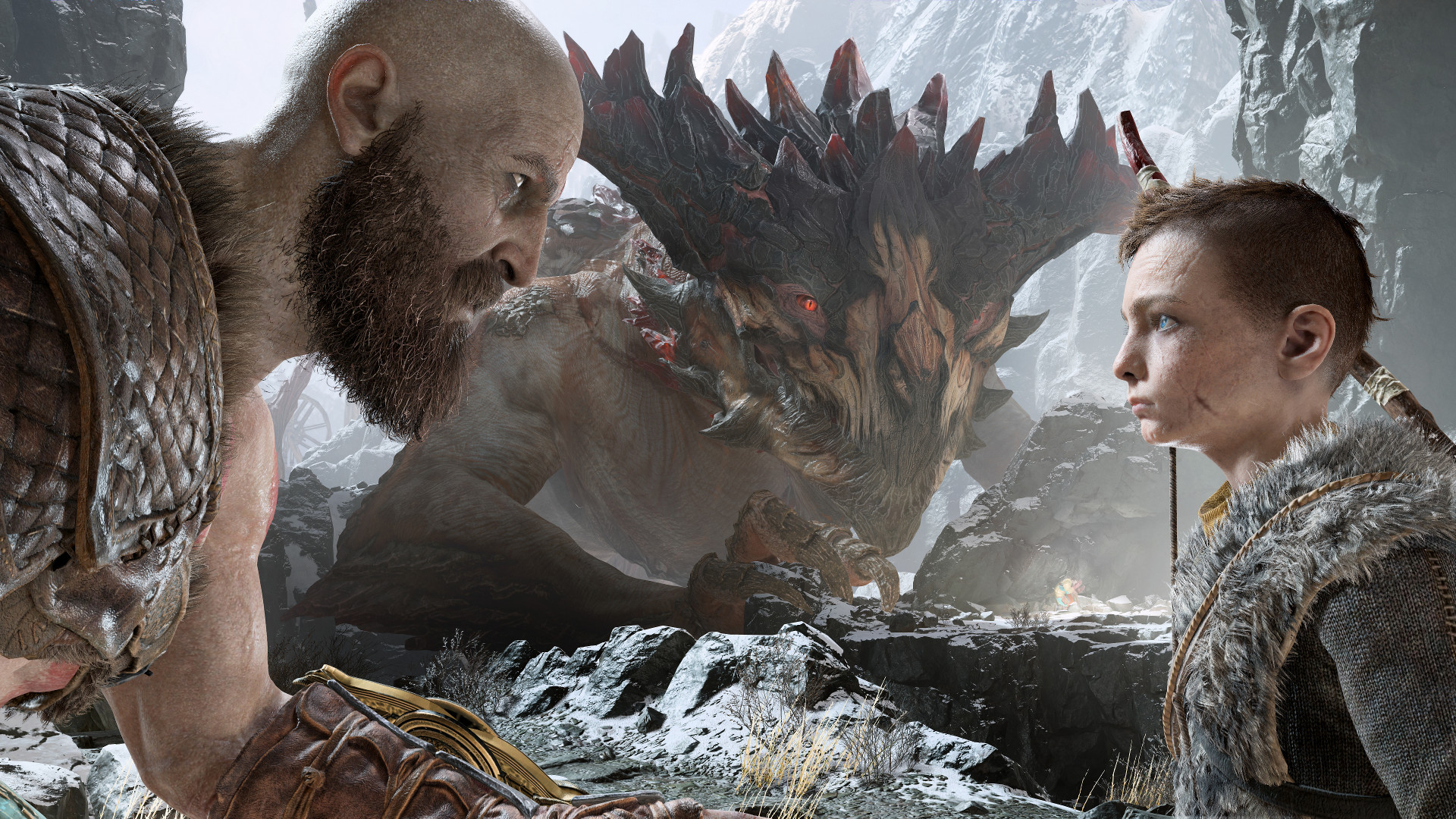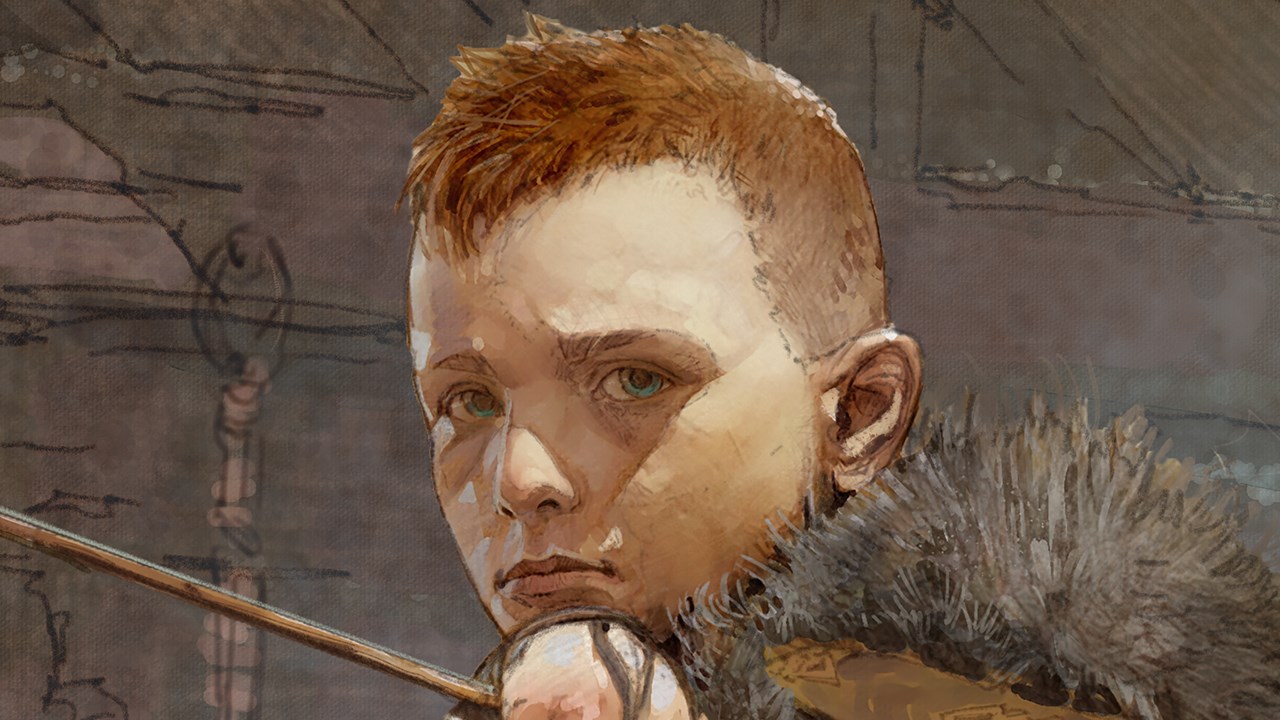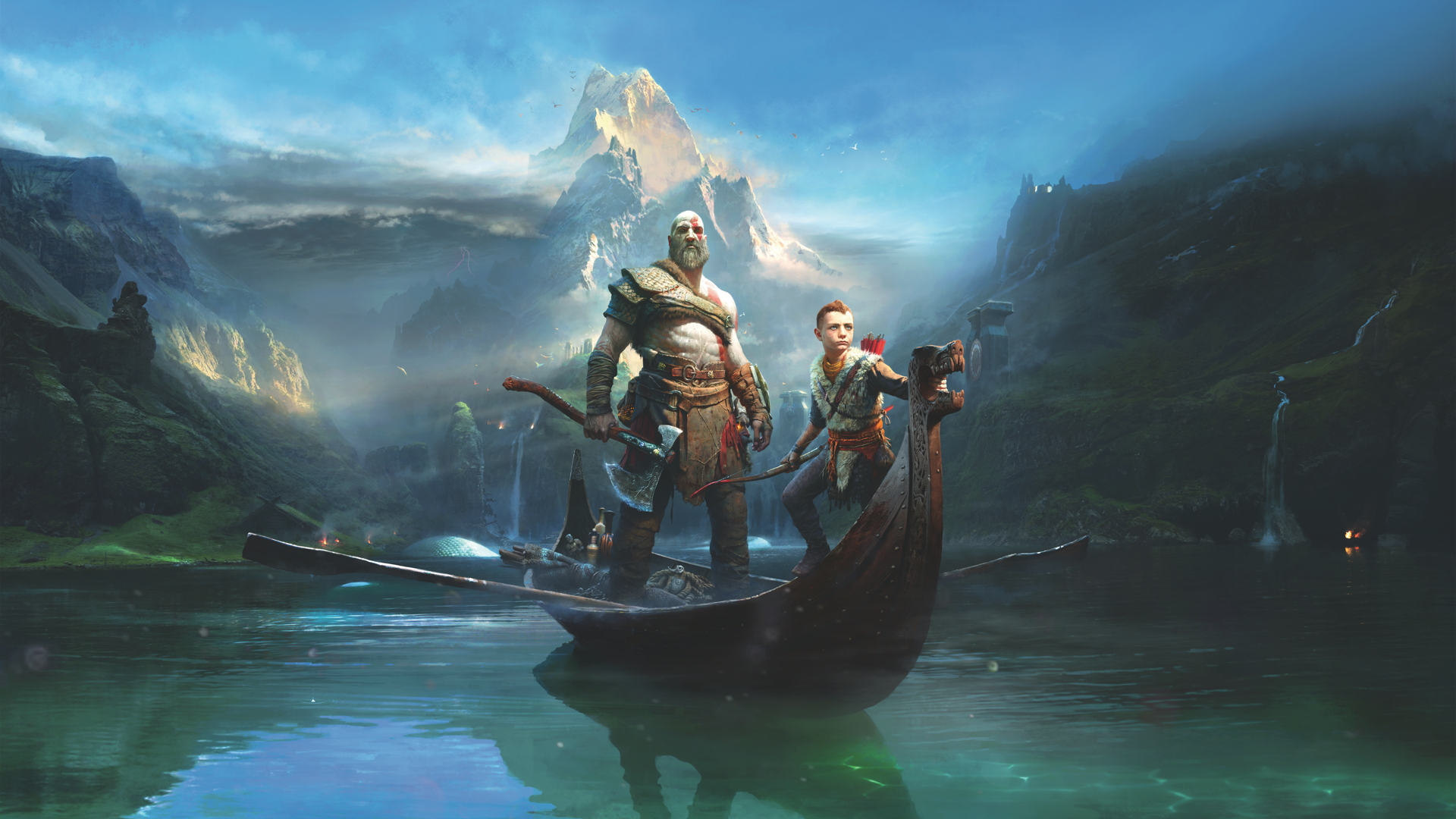
Few people have stayed with God Of War for as long as Cory Barlog, writer and director of Kratos’ return on PS4. After taking up the mantle of lead animator on the first game, he returned as director on its sequel before leaving early into the threequel’s development to work with Mad Max’s George Miller, and juggle God Of War on Sony’s PSP handheld. So why come back for PS4’s soft reboot?
“I think it’s rewarding, that’s the whole point of it,” he says as we sit down to chat. “These things take so long and so much of our lives that I felt like it had to mean something to me. I had to feel like I was digging a little deeper into this character and this world.
“For this one, it’s more like instead of babysitting it’s my own kid – meaning when I go home from work my worry never stops... at all. I am constantly thinking about this, because I think it’s such a big place for this franchise, this idea of saying, ‘Let’s take a really bold move.’ Right from the beginning I kind of had this direction I wanted to go in but trying to realise that I think every day the scale of it grows larger and larger to the point where you just can’t get your head or your hands around it.”
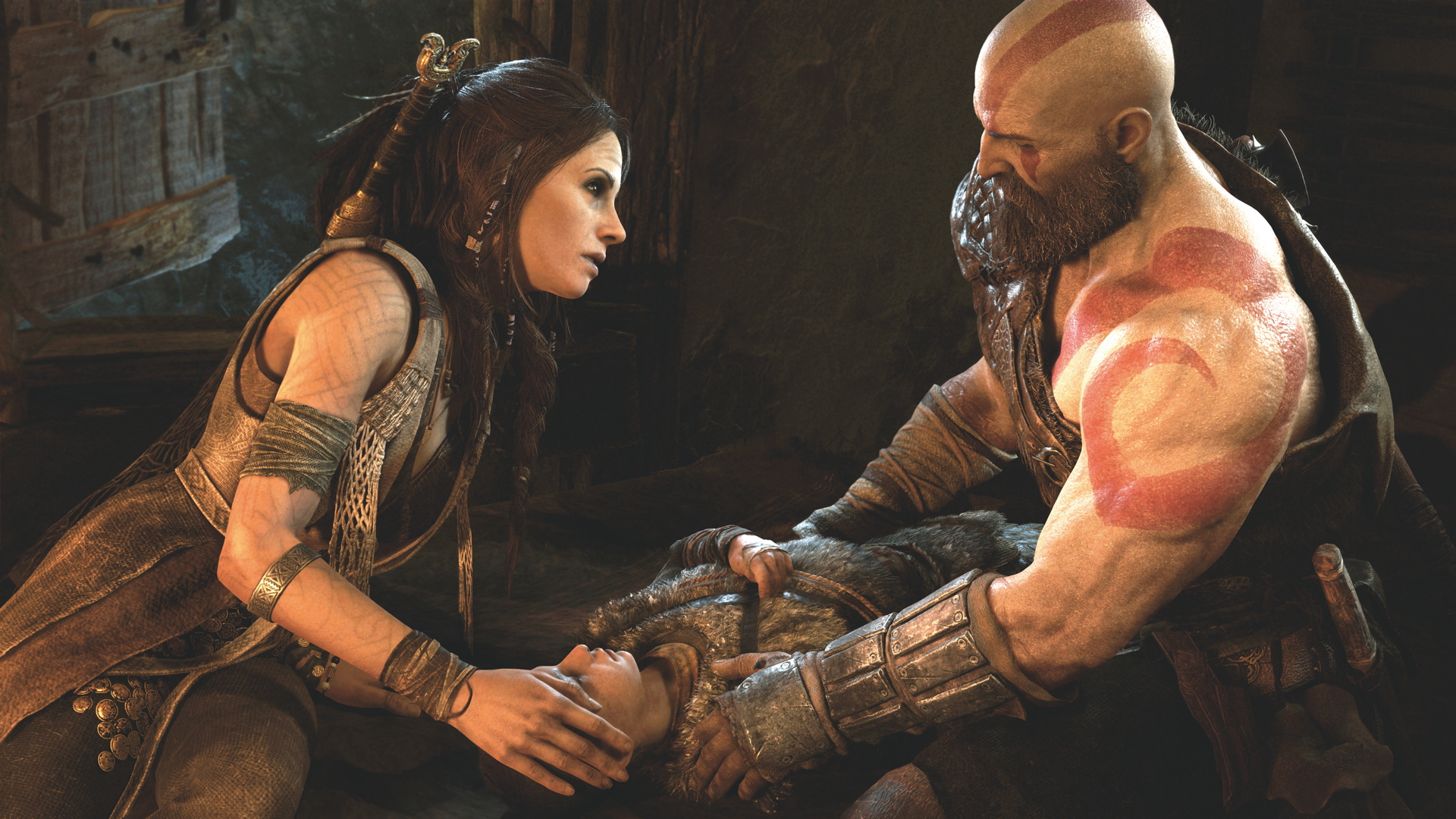
It’s certainly a larger game, in both ambition and team size. But Barlog is a different man from the one who hunkered down to make a Lethal Weapon/Gladiator mashup work back on PS2. In the time between God Of War releases Barlog has dabbled in film VFX and even spent time working with his idol George Miller on the Mad Max universe. It’s all fed back into how he approaches creating this new God Of War on PlayStation 4.
"I walked away with was this understanding of character development and drama that I did not have before."
“I went to work with George Miller on game stuff, but to also learn every possible thing I could from somebody I admire so much. He was really very open and generous, and kind of invited me in on a lot of the steps on a lot of the projects he was working on at the time,” says Barlog.
At the time, Miller was working on the Happy Feet movies, but he was also working with Weta artists on the Avatar mocap stage. “He let me hang out and talk to them about their process,” says Barlog. “I got to work with Weta and got to dig in and learn how they approach problems. You know there was a little bit of the technical that I was able to absorb but mostly, for me, what I walked away with was this understanding of character development and drama that I did not have before working with him.
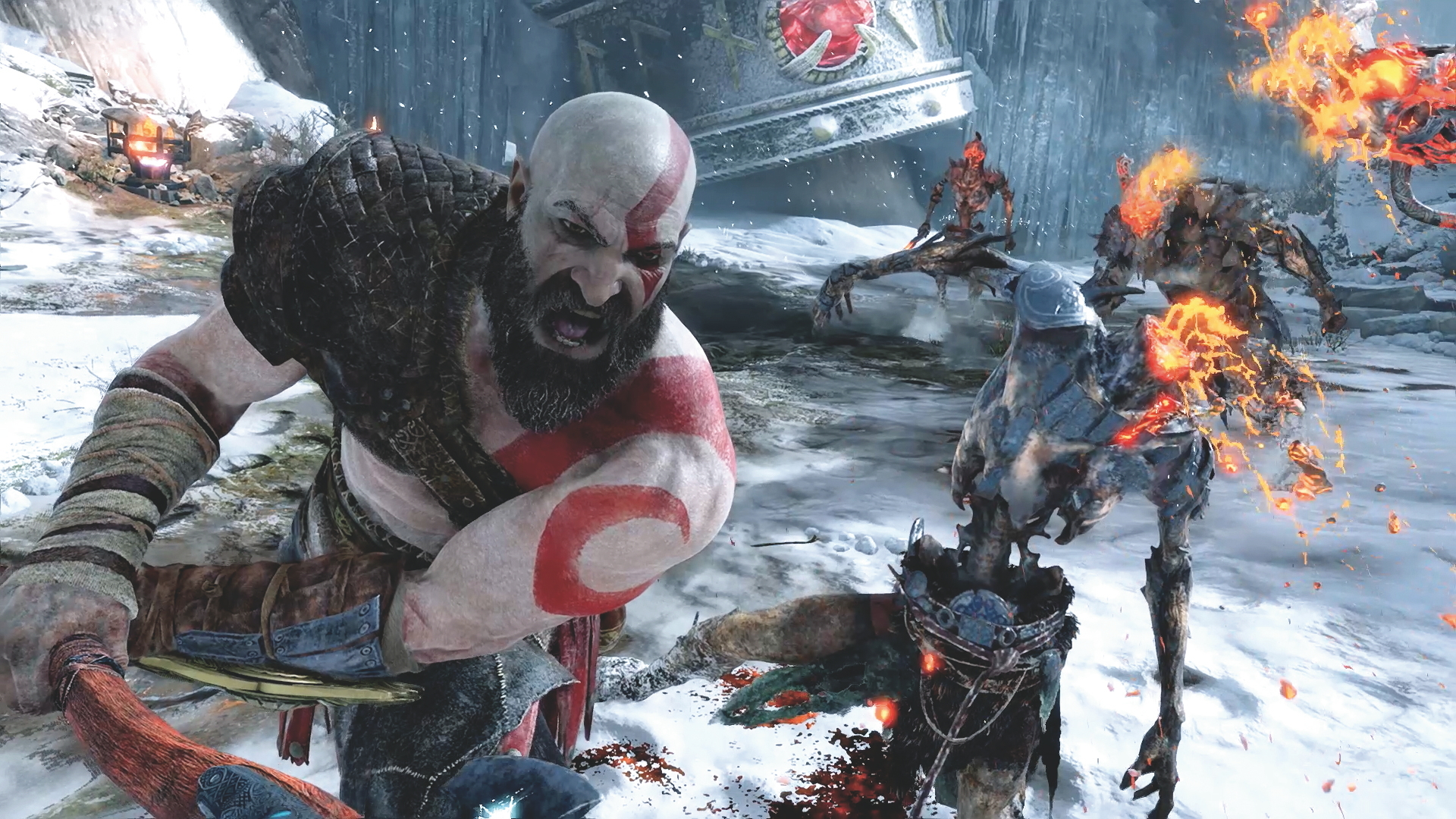
“We spent about two years in a conference room, we’d go out there for weeks at a time and we would just hang out in the conference room all day writing and attacking different problems and trying to work out this overall plan for the video game that would eventually tie in with other properties that he was working on.
Sign up to the GamesRadar+ Newsletter
Weekly digests, tales from the communities you love, and more
“That was instrumental, as it was a childhood dream to be creating characters in the Mad Max universe with the guy who created Mad Max. But he surrounds himself with really smart people, with some incredibly gifted storytellers, and it honestly opened my eyes to how little I truly understood characterisation. I still feel like I’m still scratching the surface, but it definitely put me on a path to endeavouring to learn a lot more, and everything I did learn I try to bring back.”
A change of direction
There’s no better character to dig into than Kratos, and bringing this somewhat one-dimensional ball of balding rage up to date, to fit a culture now used to the introspection of The Last Of Us, demands all of Barlog’s learned Miller-isms.
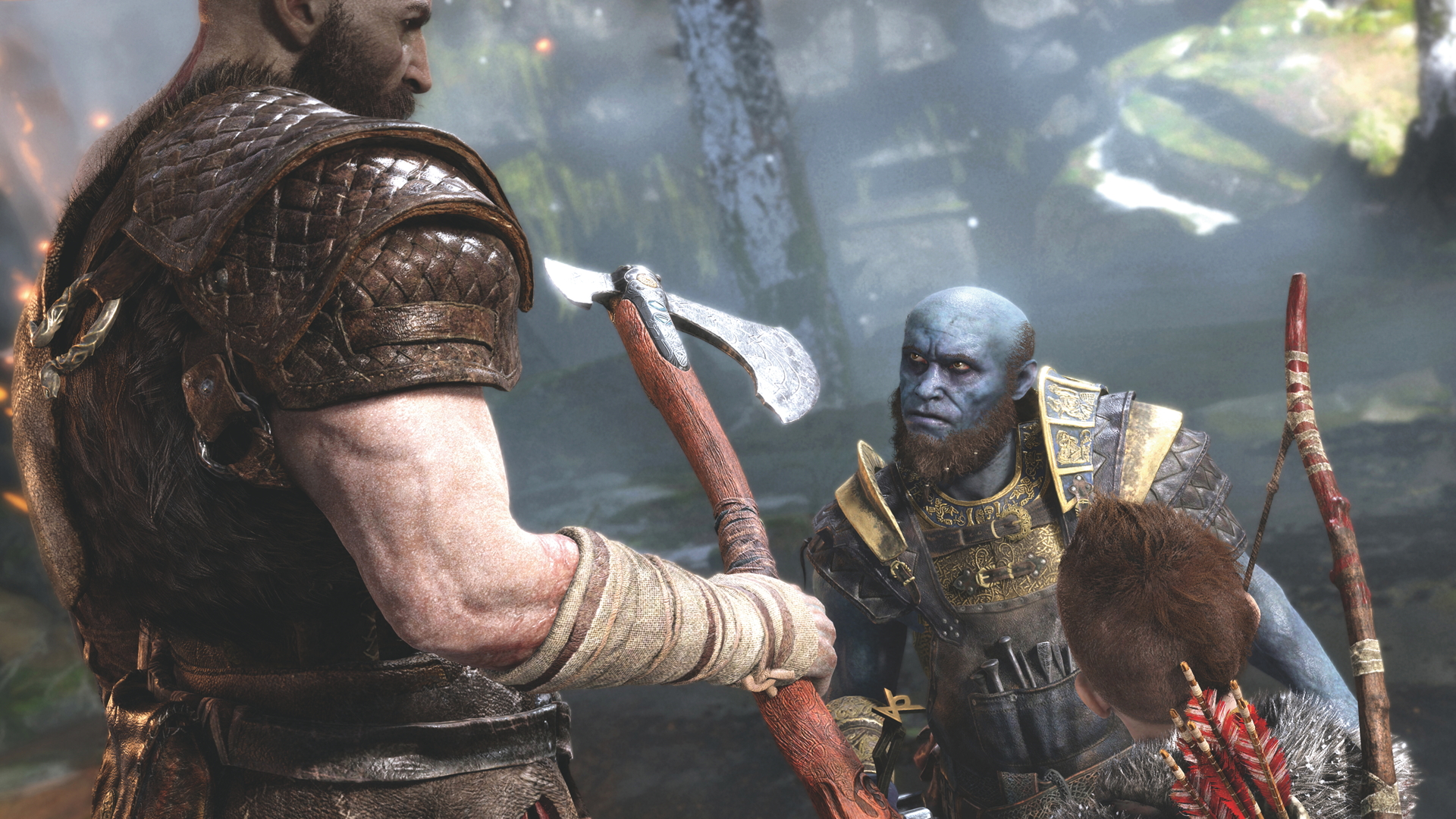
“Kratos is kind of this interesting, I hope, sign of the times,” injects Barlog. “When we first came out with the games he was the antihero when there weren’t a lot of antiheroes around. It was kind of like that unbridled rage. Every time we did a playtest we always got this interesting feedback from people that had said, ‘You know, I’ve just had a bad day, I got in a fight with my boss or I just got a parking ticket, but I came to this playtest and it felt good to let it all out and dice up monsters with these really cool blades’.
“So that at the time he was this conduit for people to let out this rage, and it was fresh and it was new, like they didn’t say they were angry characters out of the game world but this one was definitely, unflinchingly angry. He just sort of dove into it, and leaned into it with all of his might. And through the iterations I think we failed to grow with the audience and the world, because Kratos was known.”
Barlog describes a development spiral where the more an audience wants something, the more the creative minds behind the game go out of their way to deliver it. As the budgets get bigger and the games become more ambitious, being able to double down on ideas that work is the easy route to take.
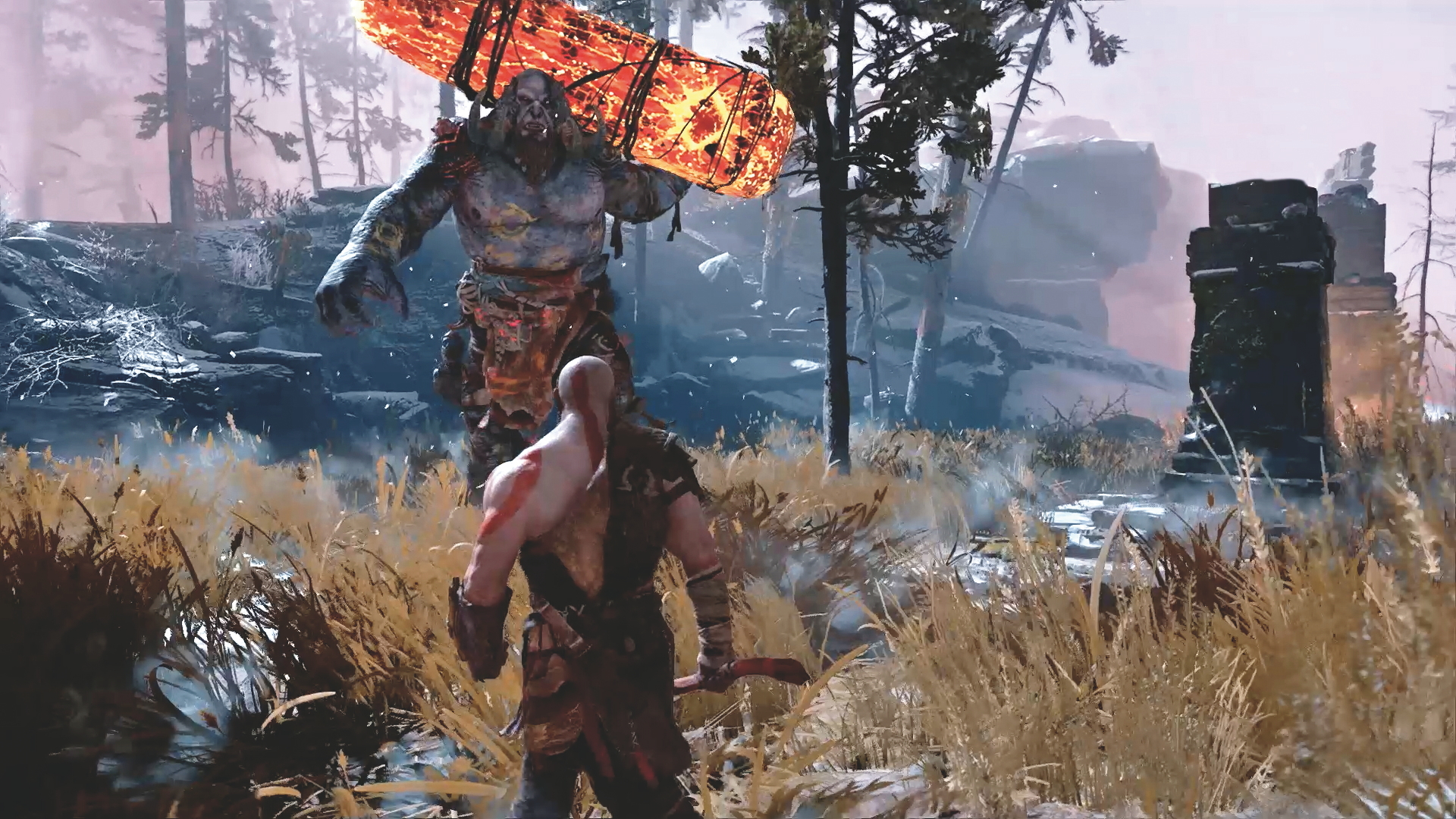
“Eventually you get to a point where I think people are ready for a change, they just don’t know how that change is going to manifest,” says Barlog, as he brings us up to date with PS4’s God Of War. “I think Kratos’ change, his evolution, is not a wholehearted, ‘Oh this isn’t Kratos any more’, a lot of people’s reactions are, ‘This is not my Kratos, this is not Kratos, he’s totally different’, but I guess I challenge that with the idea most of these people are not the same as they were when they were 15 or 16 years old. Think about the views you had of the world when you were that age, and think about how those views have changed through time, and magnify that by a thousand to have Kratos’ journey as a god who’s never going to die.
"His evolution is, to me, the most interesting part of all this"
“He’s a guy who’s done some horrible things in his past and he’s had an infinite amount of time to cope with that, and for me he is kind of in recovery, if you will, he’s accepting this rage he has is never going to go away so he has to figure out how to control it. And that external source, that motivation of, ‘I want to make tomorrow better because I want to show this kid that there is a better way’, that doesn’t mean he’s going to go out and ride the horse and valiantly save the kingdom or anything like that, it just means that every day is a struggle and a war with tiny victories that to the outside observer may not mean anything, but to the person struggling with the problem it means a great deal.
“I think his evolution is, to me, the most interesting part of all this. Instead of just starting fresh with a new character I have this character who has eight games of backstory and you get to see how he will evolve and change, and as ridiculous as it sounds it’s almost hopeful to people that change is possible, but it takes so much work and perhaps it doesn’t look as if you’ve made a course correction, but when charted over time a tiny correction can manifest as a massive downturn.”
Son of war
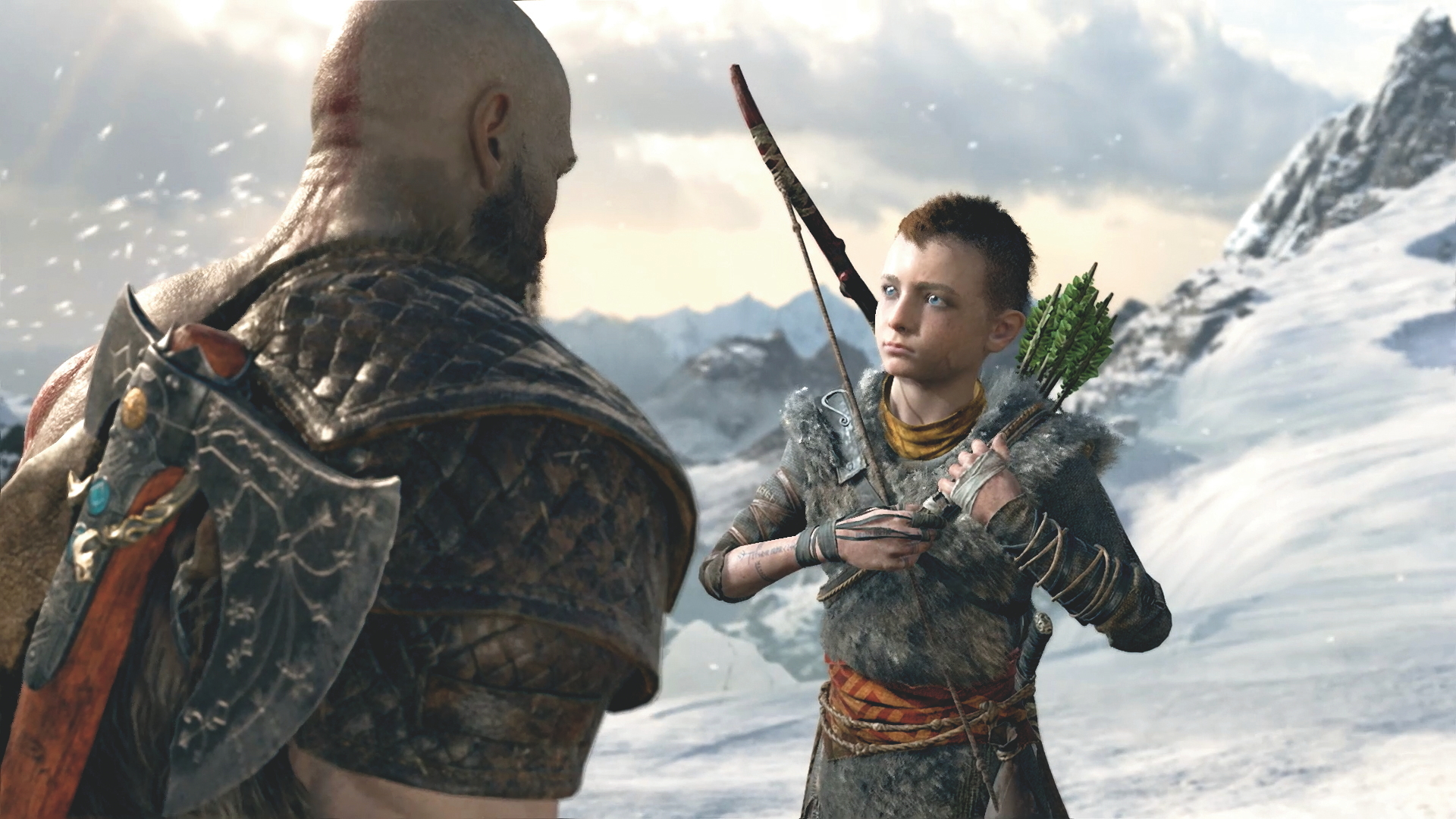
We now know that big change was to give Kratos a son, and make their relationship and the theme of divided families a pivot on which to balance the new game. The idea grew from a short story Barlog had written. It was simple and effective: Kratos and his son go hunting. But teaming them up has meant marked changes to how we’ll play God Of War. For starters, there are no more Quick Time Events (QTEs).
“Without the son I would still want to move away from QTEs. I think some people are nostalgic for that, but for me I feel like there’s just so much more we can do, so many other ways we can endear. But definitely Atreus is a way for us to create a connection to a character that is always present,” says Barlog.
In game this means the pair can combine to devastating effect. Press the face buttons, such as Square, and Atreus will perform an attack, such as firing an arrow or leaping onto an enemy’s back, while Kratos lands an axe hit. We get the emotional connection of a QTE but with greater freedom.
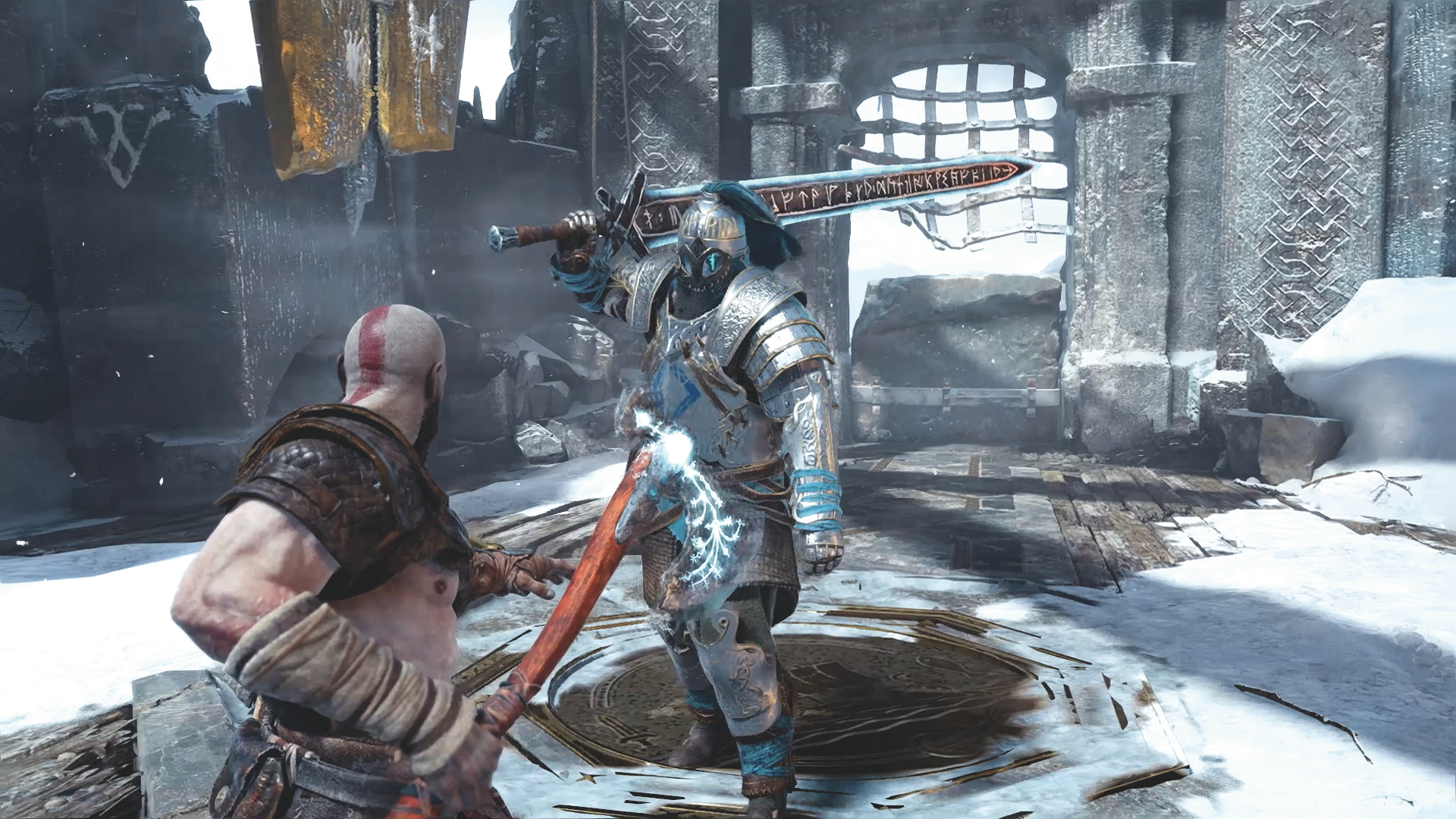
Barlog explains: “I think the thing that is always so fascinating about games is this idea that you kind of hand over this tremendous amount of power and tools to a player and kind of let them do what they want, that instead of saying you have to hit this button and then this button and that button to achieve what we’re trying to show you, we’re sort of just saying, ‘Here’s 20 different things you can do, and you can mix and match them in any order you want,’ so that each time you approach a situation you’re kind of creating the outcome, or at least the flow towards the outcome.”
Thank FIFA for the combat
Barlog goes on to compare the combat to FIFA. “It’s the same game every time you play but it’s extremely sort of non-deterministic. Every game is different, despite every game being the same; there’s this drama that exists in every single match, even when you’re playing the same teams. There’s a magic to videogames encapsulated in the idea that I don’t ever want to lose even if I am making something that’s trying to tell a story, and we develop these characters to allow you to feel like there’s freedom here, and that is the joy of games.”
When it comes to how we’ll relate to the pair, Barlog points to cinema’s ability to imbue gestures with meaning – how a subtle glance can reveal a missed opportunity. Barlog sees Atreus in a similar vein; he’ll react to your behaviour, and how you treat him in return can affect the game in real ways.
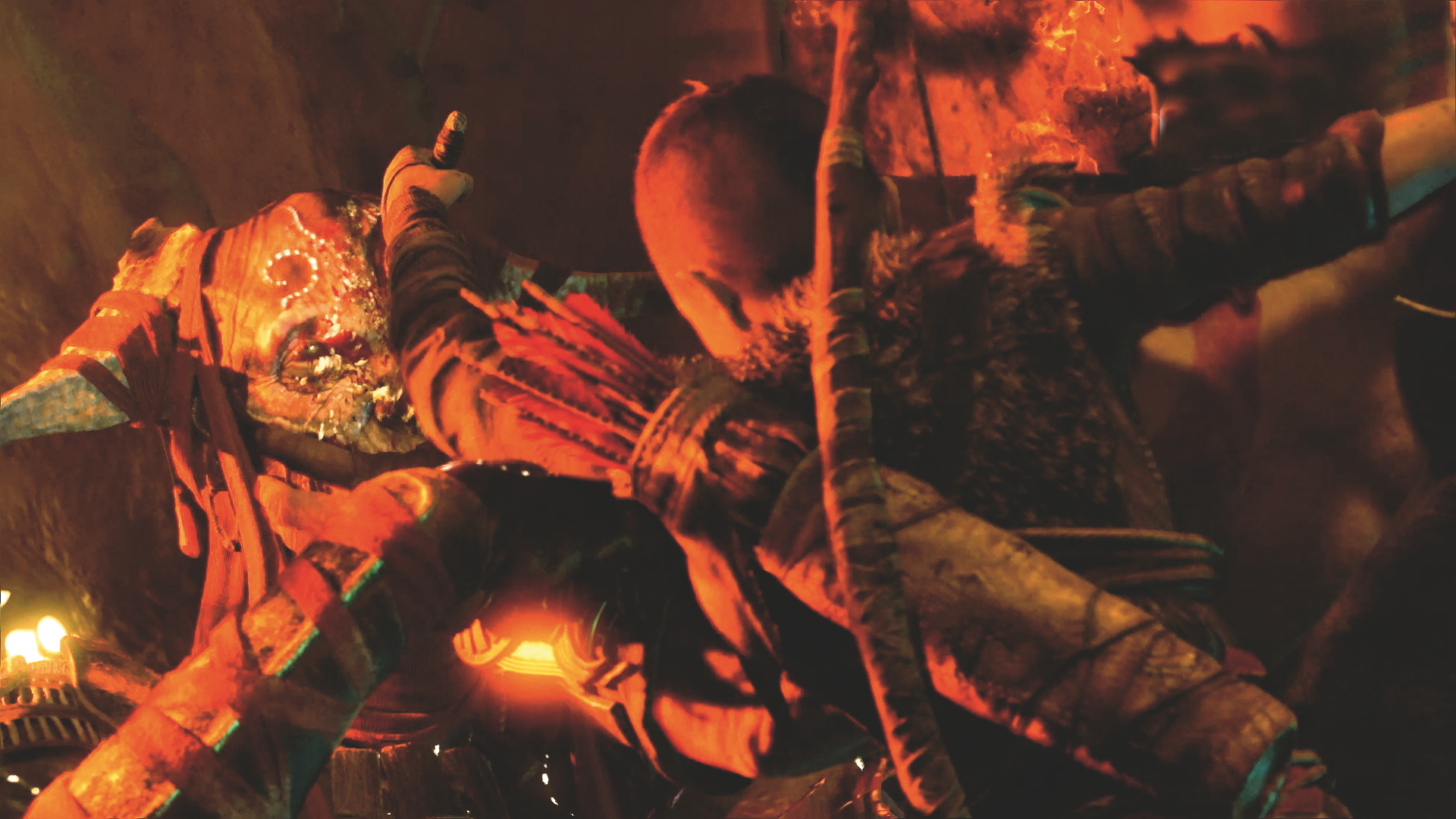
“As you move through the game you make choices about what you, or Kratos, wants for Atreus, about how you’re going to develop each of these characters,” says Barlog, explaining: “When you really extrapolate, it’s like this is about sort of putting outfits and loadouts on characters, but when you divorce it from that, and you’re in the moment, you start to realise it’s very similar to that moment in Mad Max when he’s got the can of dog food and he’s determining whether he’s going to eat all of it and get the energy, or if he’s going to give some of it to the dog, and he’s going to do that because he wants to be able to sleep, and if he has the dog and he’s well fed he can sleep and the dog will warn him if danger approaches. It’s kind of like, you know, it’s sort of, again, like parenting. This idea of making choices for yourself and making choices for your kid, how you’re going to sort of load balance.”
Meet Brokk and Sindri
Barlog also reveals Atreus won’t be the only regular character to influence how you play the game, and how Kratos behaves. The dwarven duo Brokk and Sindri are along for the ride and play a crucial role in the game.
In Norse myth, Brokk and Sindri forged both Thor’s hammer and a gold ring that replicates itself, and they are the ones who made the Leviathan axe and the shield Kratos wields in combat.
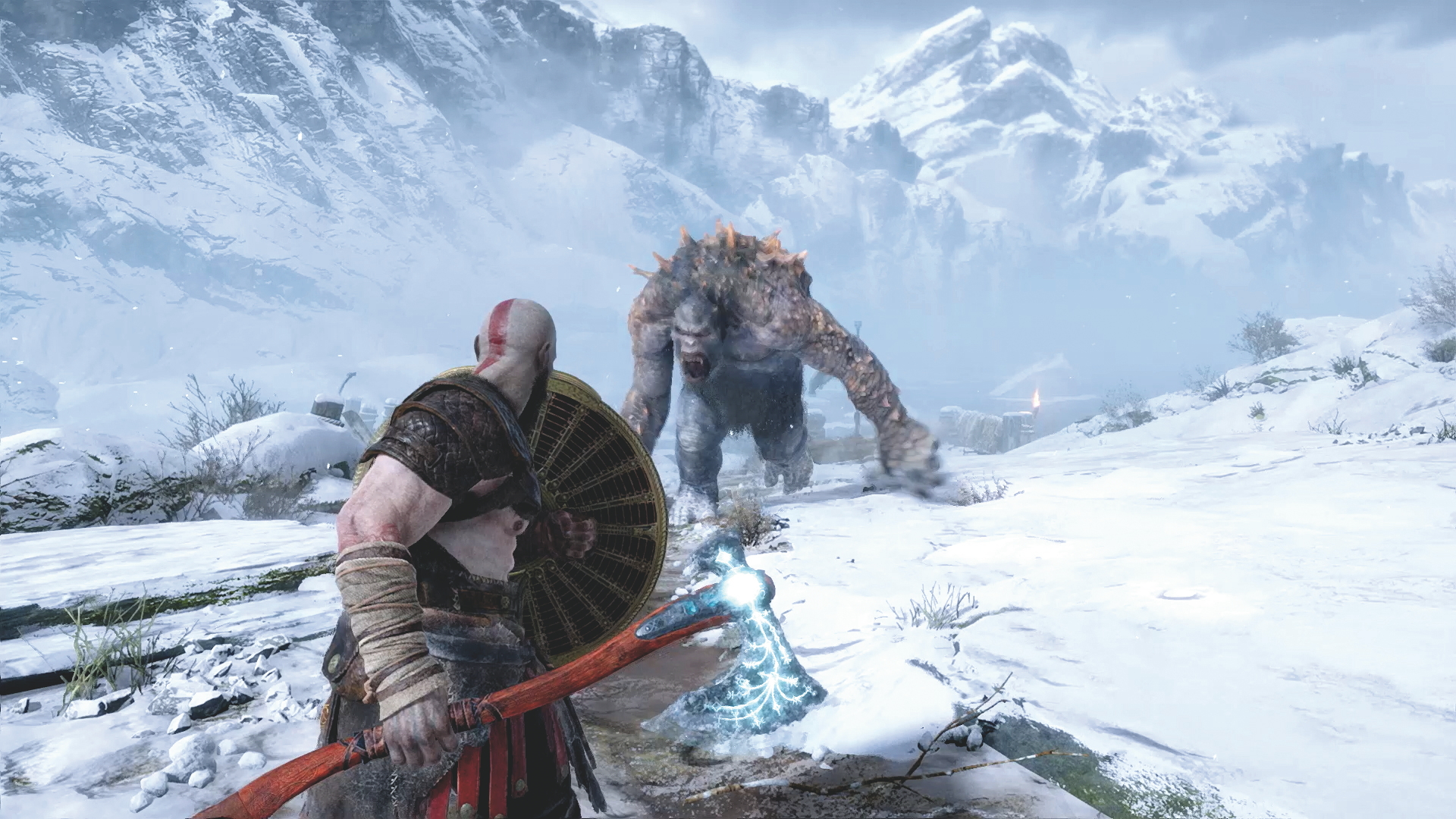
“They are interesting because we wanted to introduce a new way of developing the character [Kratos], and the whole idea of the orbs and just going into the menu any time you wanted for an upgrade path was something we wanted to leave behind,” explains Barlog. “So we looked at a way to contextualise it more in the world. A challenge I thought would be fun would be to have these two characters, who also actually have their own story arc, who are there to help you upgrade as well as develop your combat perspective [new moves and specials] for the two main characters, but then also that they themselves tie into the overarching theme. That these two characters basically are in a feud, a family feud, that neither of them has talked to each other in 50 years and they just complain about each other and blame each other for the loss of their ‘talent’ and their abilities.
“As you go through the game, as you interact with them, you will discover more of the story and more of the different layers, and through the interactions between them you are able to fully understand and actually help change the arc for each of these characters.
Menus at work
The use of the dwarves as an upgrade tool, and the introduction of Atreus as a moral compass and combo string, point to a game in which context is king. Barlog wants us to be immersed in these Nordic realms, where the act of upgrading an axe is done contextually inside the game world and not in a menu system. To an extent, the idea was inspired by something very simple: the old God Of War menu screens.
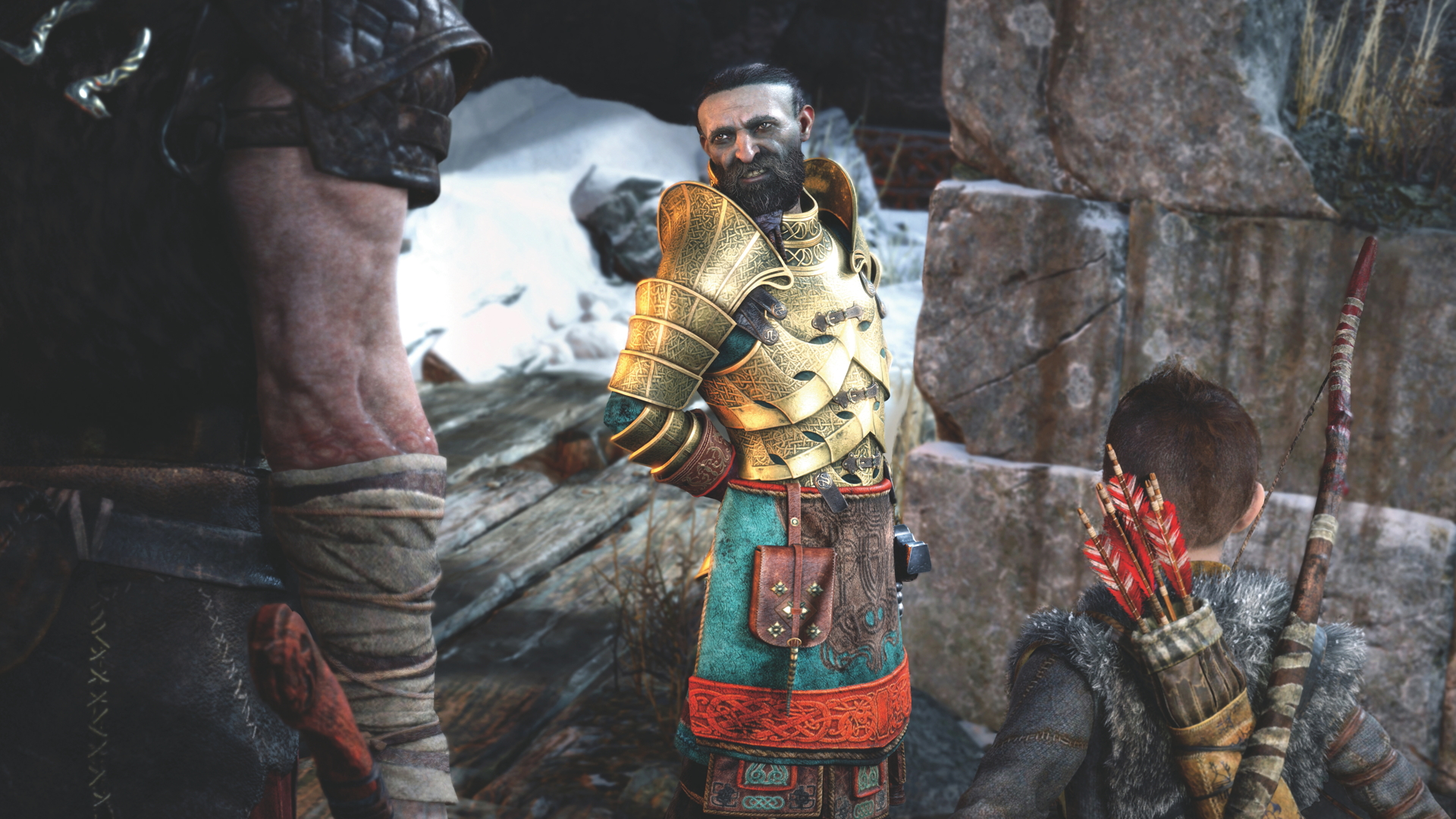
“The thing I really liked about the early God Of War games was the idea that from the menu screen it felt like you went right into the game,” explains Barlog. “You’d hit Start and the camera would zoom out and it was like you were already in the game, and I wanted to take that as far as we possibly could – this idea that once you hit Start on the menu screen you never look away, you’re constantly with Kratos, you are on this journey that you have a more personal stake in than ever before.”
It’s meant we get the new, close-in camera system and a sparse UI. But it wasn’t easy getting to this point. The closer, third-person camera introduced new problems, but also some unique benefits, which was a steep learning curve.
“We want to create this single seamless experience"
“Even now we just got through a playtest that taught us a tremendous amount about the player’s awareness in the world, about how they orientate themselves, how they are actually navigating and determining where they want to go and where they are. I think that’s something that, no matter how many games you make, you are constantly adjusting because it is very, very nuanced.”
A whole new world
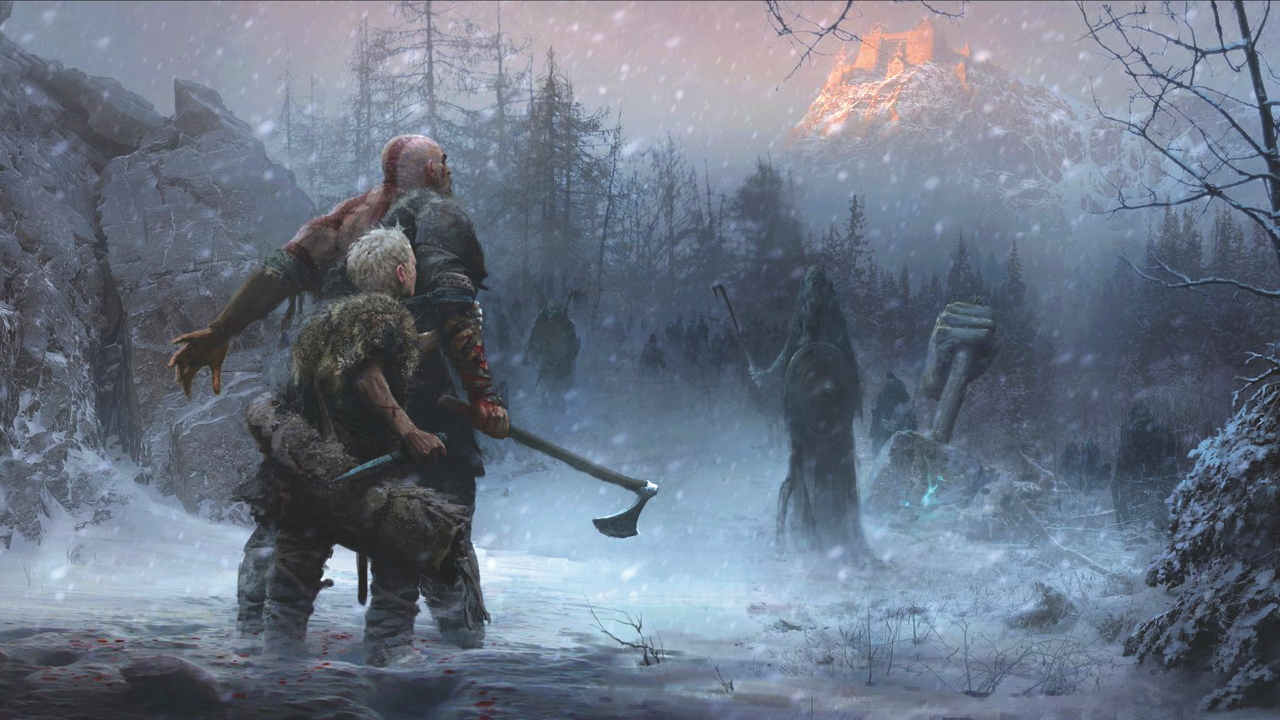
It naturally affects how the designers create the game’s levels, and in fact God Of War has gone through many iterations, including one version that avoided cutscenes altogether. “Many years ago we had what we called our first playable, and we had the aspirations of making everything completely freeform,” remembers Barlog. “I had started out with this idea of no camera cuts, that was something I was going to stand pretty firm on, but I started thinking I want to tell a story in a non-stopping method, so you would always be in motion, you would always have total control, so a little bit like what Half-Life had done, where they would lock you in a room but you still have total control. But as we developed further on that one we decided we still wanted to direct them [the player] a little bit.
“We want to create this single seamless experience, but we don’t want to have so much freedom that they end up missing the point. It had all of these great little details and secrets in it, and if they are paying attention they’ll find those, and they helped us to home in a little bit closer.”
"Atreus – and how you treat him – will affect how puzzles are solved."
Barlog also drew on his knowledge of past God Of War games, combining camera systems, pointing players to key areas of the level and guiding their hand. But these didn’t always work, as the power of PS4 meant the new, highly detailed levels confused players during testing... because there was more to look at.
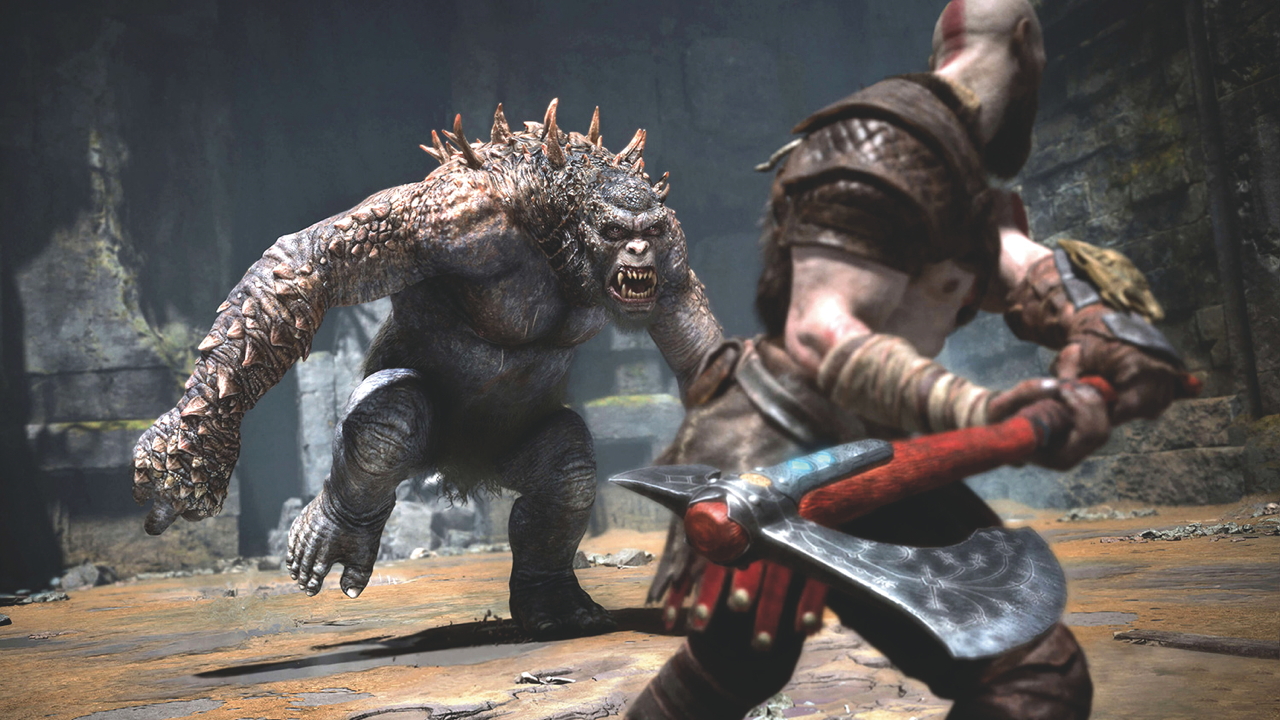
“At any given moment the player could look wherever they wanted, and we knew we needed to account for that and speak to them as to what is important, what is fun to look at, and what is not important but guiding you towards the main goal. That was a very interesting ride, because we wanted to keep that balance of the investigation and discovery of the world along with the puzzling cerebral elements, and the combat, and the story. It’s very fun and very difficult.”
You’ll notice Barlog dropped the p-word there, and puzzles are back in PS4’s God Of War. But like much of the game they’re being treated contextually. There will be a reason for puzzles, and uniquely Atreus – and how you treat him – will affect how puzzles are solved.
“Any game makers really struggle with context, because context works to a certain degree before you kind of look at it and go, ‘Okay, ancient civilisations, why did they create all of these challenges?’ unless you say, ‘everything is all about challenges’. But I think the context of the world and grounding it all in a sense of reality is always important, and I think with this game reading the old Norse language is quite important.

“Atreus is the only one who can read the local language, and throughout the game he learns to read in many of the realm’s languages. He’s kind of the conduit for Kratos and the player into this world, so he is sometimes the one who has a little bit more power in some situations [those puzzles] and a bit more knowledge about what other characters are saying.”
Barlog acknowledges that past games in the series had puzzles that felt pad-crushingly hard, sudden difficulty spikes that sent many DualShocks to their doom.
Brains over brawn
“For some people these two puzzles are hard, and for another these other puzzles are hard; so I think it’s this balancing act of like, ‘We want to give people the right sort of guidance’, and occasionally we want some people to be stumped, but very rarely do we want them to get frustrated to the point where they’re going to throw the controller down – you never want them to get to that point. There’s a sense of accomplishment [to puzzles], because I think if you were just always hitting things you’d sort of get bored – I thought the cool mixture of God Of War was the idea that you were thinking as much as tense and sweaty palms, you were trying to win the fight.
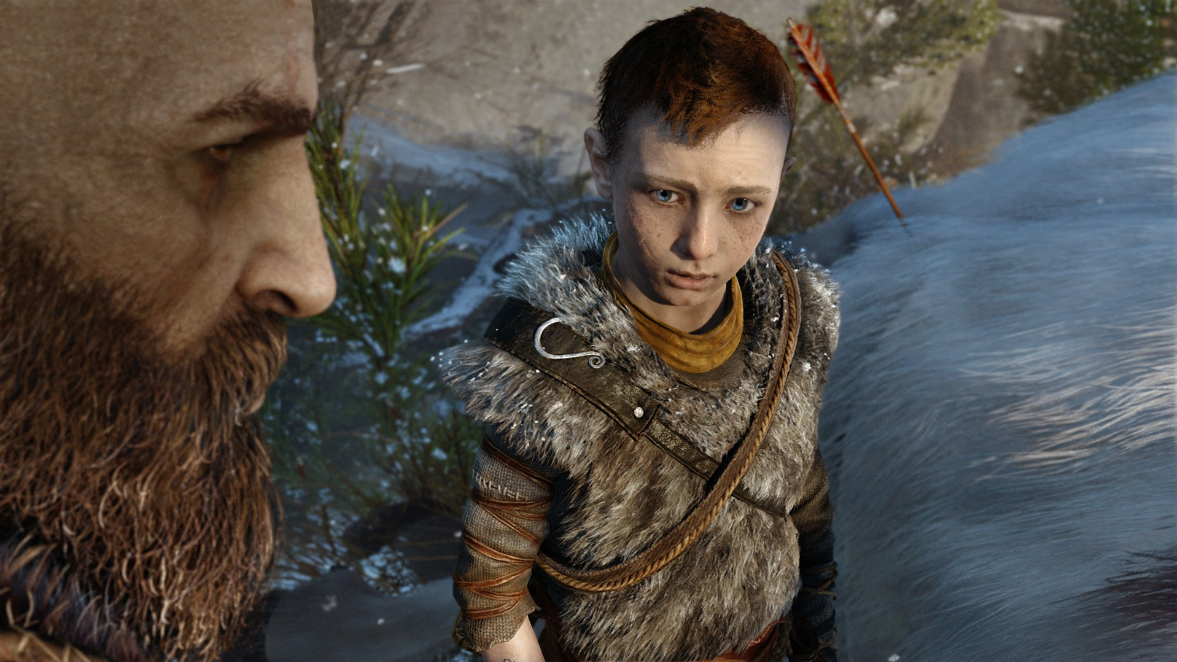
“Puzzles are always a difficult thing, I don’t think I’ve played any games where the puzzles are perfectly contextualised, unless the entire game is a puzzle game built upon that concept.”
With so much change happening to a familiar and beloved series, it’s no surprise to learn that Barlog has had to fight for the right to make God Of War his way. He does so from a position of experience, confident his version of Kratos is the right fit for what we expect from PlayStation 4 – subtle, real, and reflective.
“There’s still always that sense that at the end of the day you have to make the decision whether you’re right or wrong,” admits a stoic Barlog, who says he had people pulling him aside at E3 2016 saying: “This is not God Of War, this is going to fall flat, this is really bad”. They had doubts over the tone, many didn’t like Atreus shooting Kratos with an arrow, others felt it should have ended on a giant boss. “Just a lot of people were very doubtful of what we were going to do,” he reflects.
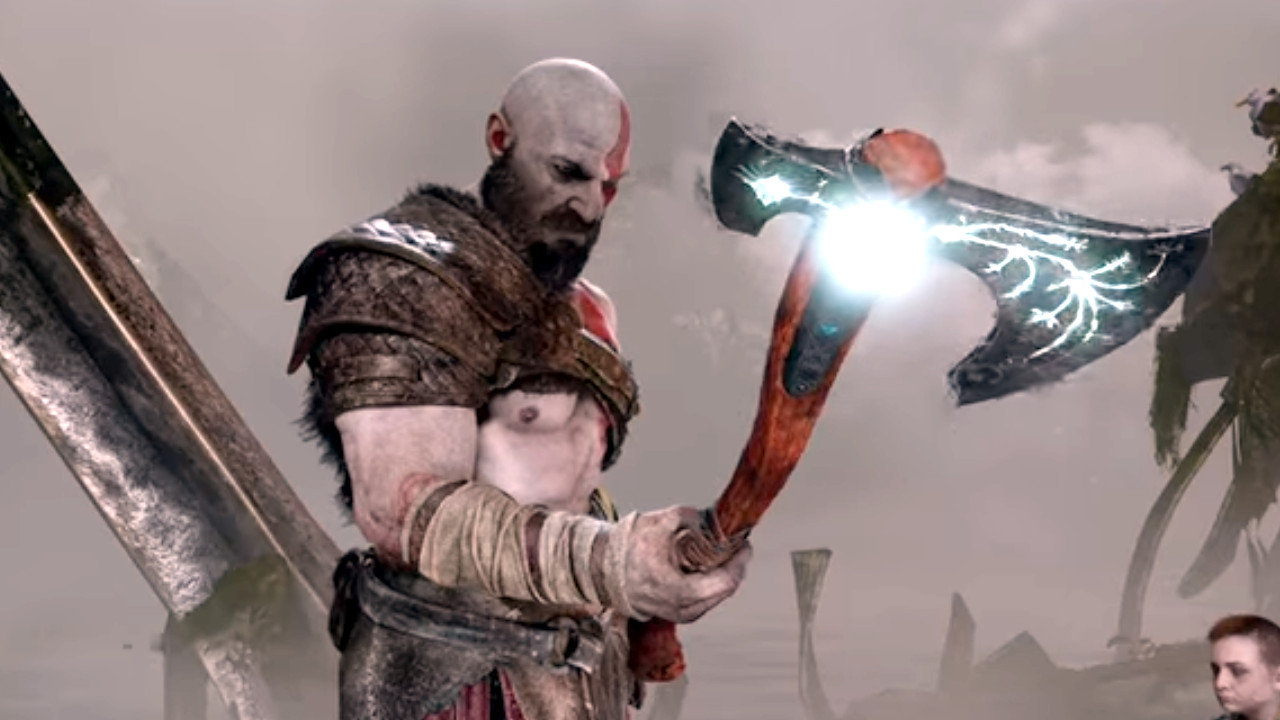
Barlog admits he doubted himself in 2016 as people lined up to criticise, but he used the moment to steer people towards his vision, saying to his detractors: “Look, I believe in this and if it falls flat, it falls flat, I’m just going to be fully leaping off the cliff”.
Demolicious
Of course, in hindsight Barlog was proved right. The 2016 demo was a success, everyone clamoured for this new, mature Kratos. “It’s not like I begrudge them for having that fear because they are very worried that no-one’s going to get this and everyone is going to think that this was just ill-advised,” considers Barlog. “But I think that [2016 demo] bolstered everybody and ignited their spirit and enthusiasm.”
Healthy criticism is a good thing, and, in fact, Barlog has drafted in people he trusts who worked on the original God Of War to advise, and when needed, chastise him. “I just needed people to give me the straight information, but even then they’ll say, ‘You’re dumb, why are you doing this?’ I ignore them because perhaps I am dumb, because you’ve got to go with your gut.”
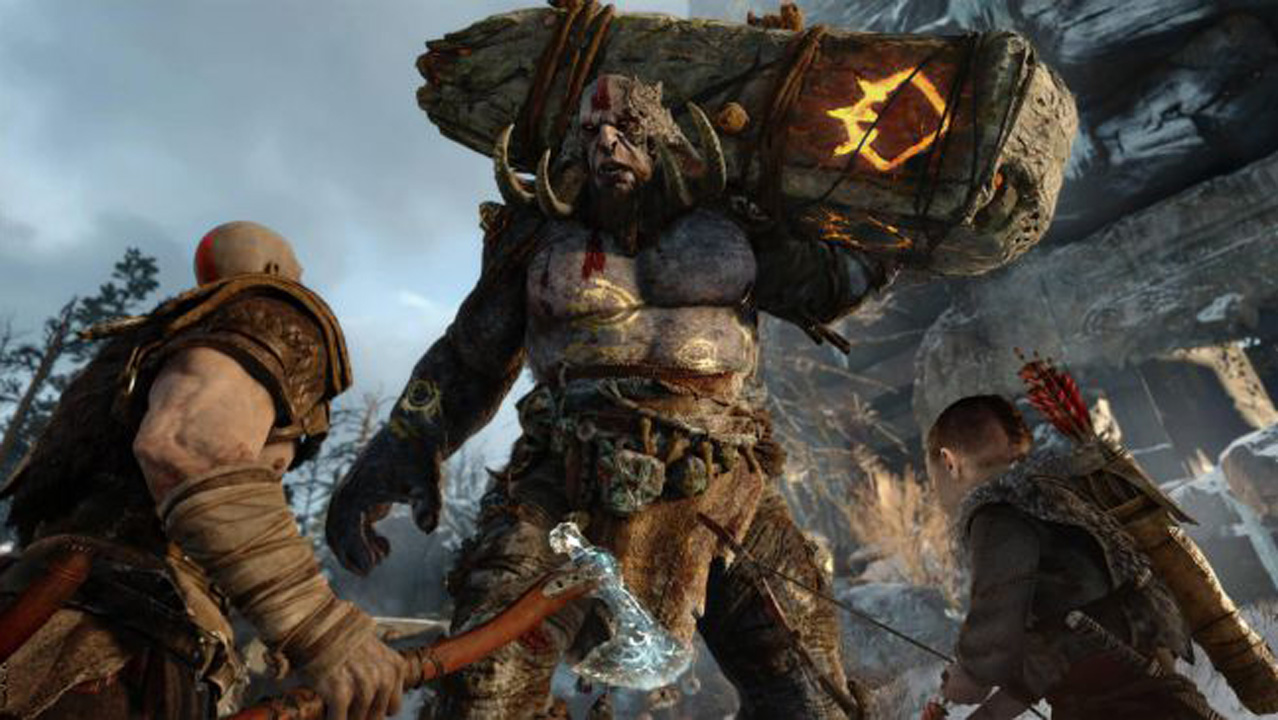
To an extent it all comes full circle for Barlog, hiring old hands to steer the good ship Kratos, and even tapping into memories of George Miller for support in the hard times for guidance.
“If something evokes a strong emotional reaction in me, I need to push myself in that direction,” says Barlog, adding: “I learned a lot of that from George, and I feel like there are a lot of situations he was probably in, that I even witnessed while I was there, that somebody was like ‘what are you doing?’ and he was like, ‘Trust me, I believe in this’.
“In the end, I think, more often than not it pays off, but that doesn’t mean you succeed every time.”
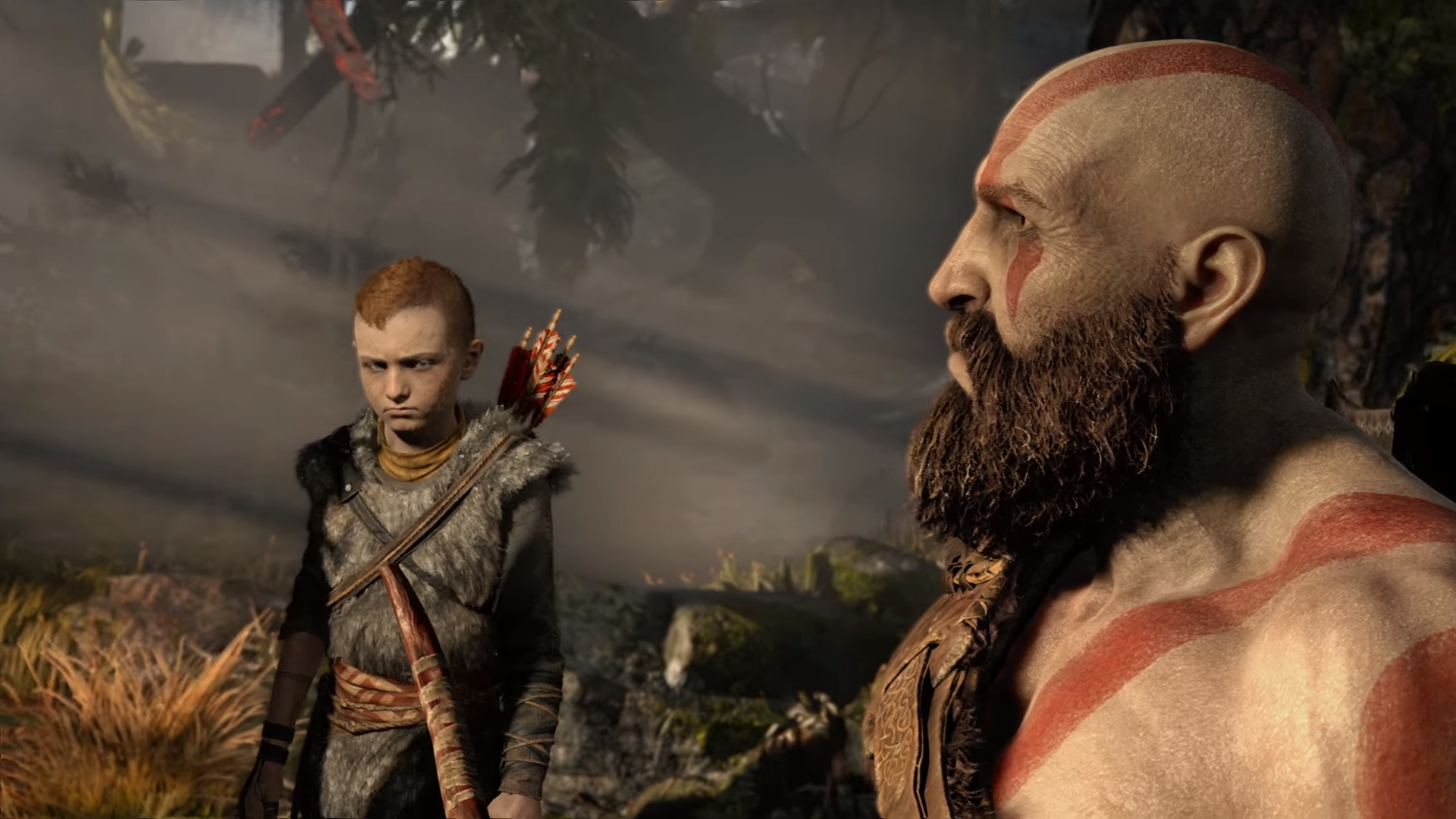
But Barlog is a man who can’t help himself. To all those critics who felt the 2016 demo needed to end on a bang with a boss fight, Barlog delivered for them earlier this summer. The 2017 E3 demo came to a jaw-dropping climax as the massive World Serpent broke the surface.
“I watched some reaction videos and a lot of people had the reaction I was hoping for, which was like: ‘Oh my god, that’s such an amazing boss and... oh wait, that guy’s going to help you... what?’ What I find fascinating about all of this is really not just playing to what’s expected, but to always give everybody something to think about while they’re walking away.”
This article originally appeared in Official PlayStation Magazine. For more great PlayStation coverage, you can subscribe here.
Imagine FX and Creative Bloq editor Ian Dean is an expert on all things digital arts. Formerly the editor of Official PlayStation Magazine, PLAY Magazine, 3D World, XMB, X360, and PlayStation World, he’s no stranger to gaming, either. He’ll happily debate you for hours over the virtues of Days Gone, then settle the argument on the pitch over a game of PES (pausing frequently while he cooks a roast dinner in the background). Just don’t call it eFootball, or it might bring tears to his eyes for the ISS glory days on PS1.
